Screen Legend Lauren Bacall Dies At 89
Lauren Bacall, who came to Hollywood as a young actress and went on to become one of the most iconic stars of its Golden Era, has died at the age of 89:
Lauren Bacall, the actress whose provocative glamour elevated her to stardom in Hollywood’s golden age and whose lasting mystique put her on a plateau in American culture that few stars reach, died on Tuesday in New York. She was 89.
Her death was confirmed by her son Stephen Bogart. “Her life speaks for itself,” Mr. Bogart said. “She lived a wonderful life, a magical life.”
With an insinuating pose and a seductive, throaty voice — her simplest remark sounded like a jungle mating call, one critic said — Ms. Bacall shot to fame in 1944 with her first movie, Howard Hawks’s adaptation of the Ernest Hemingway novel “To Have and Have Not,” playing opposite Humphrey Bogart, who became her lover on the set and later her husband.
It was a smashing debut sealed with a handful of lines now engraved in Hollywood history.
“You know you don’t have to act with me, Steve,” her character says to Bogart’s in the movie’s most memorable scene. “You don’t have to say anything, and you don’t have to do anything. Not a thing. Oh, maybe just whistle. You know how to whistle, don’t you, Steve? You just put your lips together and blow.”
The film was the first of more than 40 for Ms. Bacall, among them “The Big Sleep” and “Key Largo” with Bogart, “How to Marry a Millionaire” with Marilyn Monroe and Betty Grable, “Designing Woman” with Gregory Peck, the all-star “Murder on the Orient Express” (1974) and, later in her career, Lars von Trier’s “Dogville” (2003) and “Manderlay” (2005) and Robert Altman’s “Prêt-à-Porter” (1994).
But few if any of her movies had the impact of her first — or of that one scene. Indeed, her film career was a story of ups, downs and long periods of inactivity. Though she received an honorary Academy Award in 2009 “in recognition of her central place in the Golden Age of motion pictures,” she was not nominated for an Oscar until 1997.
The theater was kinder to her. She won Tonys for her starring roles in two musicals adapted from classic films: “Applause” (1970), based on “All About Eve,” and “Woman of the Year” (1981), based on the Spencer Tracy-Katharine Hepburn movie of the same name. Earlier she starred on Broadway in the comedies “Goodbye, Charlie” (1959) and “Cactus Flower” (1965).
(…)
Ms. Bacall was an 18-year-old model in New York when her face on the cover of Harper’s Bazaar caught the eye of Slim Hawks, Howard Hawks’s wife. Brought to Hollywood and taken under the Hawkses’ wing, she won the role in “To Have and Have Not,” loosely based on the novel of the same name.
She played Marie Browning, known as Slim, an American femme fatale who becomes romantically involved with Bogart’s jaded fishing-boat captain, Harry Morgan, known as Steve, in wartime Martinique. Her deep voice and the seductive way she looked at Bogart in the film attracted attention.
Their on-screen chemistry hadn’t come naturally, however. In one of the first scenes she filmed, she asked if anyone had a match. Bogart threw her a box of matches; she lit her cigarette and then threw the box back to him.
“My hand was shaking, my head was shaking, the cigarette was shaking, I was mortified,” she wrote in “By Myself.” “The harder I tried to stop, the more I shook. … I realized that one way to hold my trembling head still was to keep it down, chin low, almost to my chest, and eyes up at Bogart. It worked and turned out to be the beginning of The Look.”
Ms. Bacall’s naturally low voice was further deepened in her early months in Hollywood. Hawks wanted her voice to remain low even during emotional scenes and suggested she find some quiet spot and read aloud. She drove to Mulholland Drive and began reading “The Robe,” making her voice lower and louder than usual.
“Who sat on mountaintops in cars reading books aloud to the canyons?” she later wrote. “I did.”
During her romance with Bogart, she asked him if it mattered to him that she was Jewish. His answer, she later wrote, was “Hell, no — what mattered to him was me, how I thought, how I felt, what kind of person I was, not my religion, he couldn’t care less — why did I even ask?”
Ms. Bacall’s love affair with Bogart began with an impulsive kiss. While filming “To Have and Have Not,” he had stopped at her trailer to say good night when he suddenly leaned over, lifted her chin and kissed her. He was 25 years her senior and married at the time to Mayo Methot, his third wife, but to Ms. Bacall, “he was the man who meant everything in the world to me; I couldn’t believe my luck.”
As her fame grew in the ensuing months — she attracted wide publicity in February 1945 when she was photographed on top of a piano, legs draped over the side, with Vice President Harry S. Truman at the keyboard — so did the romance, particularly as she and Bogart filmed “The Big Sleep,” based on a Raymond Chandler whodunit.
But her happiness alternated with despair. Bogart returned to his wife several times before he accepted that the marriage could not be saved. He and Ms. Bacall were married on May 21, 1945, at Malabar Farm in Lucas, Ohio, the home of Bogart’s close friend the writer Louis Bromfield. Bogart was 45; Ms. Bacall was 20.
Returning to work, she soon suffered a setback, when the critics savaged her performance in “Confidential Agent,” a 1945 thriller with Charles Boyer set during the Spanish Civil War. The director was Herman Shumlin, who, unlike Hawks and Bogart on her first two movies, offered her no guidance. “I didn’t know what the hell I was doing,” she recalled. “I was a novice.”
“After ‘Confidential Agent,’ it took me years to prove that I was capable of doing anything at all worthwhile,” she wrote. “I would never reach the ‘To Have and Have Not’ heights again — on film, anyway — and it would take much clawing and scratching to pull myself even halfway back up that damn ladder.”
“Dark Passage,” her third movie with Bogart, came after several years of concentrating on her marriage. Had she not married Bogart, she told The Times in 1996, her career would probably have flourished, but she did not regret the marriage.
“I would not have had a better life, but a better career,” she said. “Howard Hawks was like a Svengali; he was molding me the way he wanted. I was his creation, and I would have had a great career had he been in control of it. But the minute Bogie was around, Hawks knew he couldn’t control me, so he sold my contract to Warner Bros. And that was the end.”
The Bogie-Bacall romance was somewhat scandalous at the time, not just because he was still married when it began but because of their age difference. Bacall was 19 years old when filming began on To Have And Have Not, and Bogart was 45. Notwithstanding that, though, the Bogie-Bacall romance was no doubt one reason for their great on-screen chemistry in the four movies they did together before Bogart died in 1957. The couple also took a stand during one of Hollywood’s darker eras:
In 1947, as the House Un-American Activities Committee investigated Americans suspected of Communism, Ms. Bacall and Bogart were among 500 Hollywood personalities to sign a petition protesting what they called the committee’s attempt “to smear the motion picture industry.” Investigating individual political beliefs, the petition said, violated the basic principles of American democracy.
The couple flew to Washington as part of a group known as the Committee for the First Amendment, which also included Danny Kaye, John Garfield, Gene Kelly, John Huston, Ira Gershwin and Jane Wyatt. “I am an outraged and angry citizen who feels that my basic civil liberties are being taken away from me,” Bogart said in a statement.
Three decades later, Ms. Bacall would express doubts about “whether the trip to Washington ultimately helped anyone.” But, she added: “It helped those of us at the time who wanted to fight for what we thought was right and against what we knew was wrong. And we made a noise — in Hollywood, a community which should be courageous but which is surprisingly timid and easily intimidated.”
(…)
Shortly after Bogart’s death, Ms. Bacall, by then 32, had a widely publicized but brief romance with Sinatra, who had been a close friend of the Bogarts. She moved to New York in 1958 and, three years later, married Mr. Robards, settling in a spacious apartment in the Dakota, on Central Park West, where she continued to live until her death. They had a son, the actor Sam Robards, and were divorced in 1969. She is survived by her sons, Stephen Bogart and Sam Robards; her daughter, Leslie Bogart; and six grandchildren.
Lauren Bacall was born Betty Joan Perske in Brooklyn on Sept. 16, 1924, the daughter of William and Natalie Perske, Jewish immigrants from Poland and Romania. Her parents were divorced when she was 6 years old, and her mother moved to Manhattan and adopted the second half of her maiden name, Weinstein-Bacal.
“I didn’t really have any love in my growing-up life, except for my mother and grandmother,” Ms. Bacall said in the Vanity Fair interview. Her father, she said, “did not treat my mother well.”
From then until her move to Hollywood, Ms. Bacall was known as Betty Bacal; she added an “l” to her name because, she said, the single “l” caused “too much irregularity of pronunciation.” The name Lauren was given her by Howard Hawks before the release of her first film, but family and old friends called her Betty throughout her life, and to Bogart she was always Baby.
Although finances were a problem as she was growing up — “Nothing came easy, everything was worked for” — her mother’s family was close-knit, and through an uncle’s generosity she attended the Highland Manor school for girls in Tarrytown, N.Y., where she graduated from grade school at 11. She went on to Julia Richman High School in Manhattan and also studied acting at the New York School of the Theater and ballet with Mikhail Mordkin, who had on occasion been Pavlova’s partner.
After graduation in 1940, Ms. Bacall became a full-time student at the American Academy of Dramatic Arts but left after the first year; her family could no longer subsidize her, and the academy at the time did not offer scholarships to women.
So she turned to modeling, and in 1941, at 16, she landed jobs with David Crystal, a Seventh Avenue dress manufacturer, and Sam Friedlander, who made evening gowns. During lunch hours she would stand outside Sardi’s selling copies of Actor’s Cue, a casting tip sheet, hoping to catch the attention of producers. She also became an usher at Broadway theaters and a hostess at the newly opened Stage Door Canteen.
Her first theater role was a walk-on in a Broadway play called “Johnny 2 x 4.” It paid $15 a week and closed in eight weeks, but she looked back on the experience as “magical.” Another stab at modeling, with the Walter Thornton agency, proved disappointing, but her morale soared in July 1942, with a sentence by George Jean Nathan in Esquire: “The prettiest theater usher — the tall slender blonde in the St. James Theater right aisle, during the Gilbert & Sullivan engagement — by general rapt agreement among the critics, but the bums are too dignified to admit it.”
(…)
In 1942, she met Nicolas de Gunzburg, an editor at Harper’s Bazaar, who took her to meet Diana Vreeland, the fashion editor. After a thorough inspection, Vreeland asked her to return the next day to meet the photographer Louise Dahl-Wolfe. Test shots were taken, and a few days later she was called.
A full-page color picture of her standing in front of a window with the words “American Red Cross Blood Donor Service” on it led to inquiries from David O. Selznick, Howard Hughes and Howard Hawks, among others. The Hawks offer was accepted, and Betty Bacall, 18 years old, left for the West Coast by train with her mother. She returned to New York less than two years later as Lauren Bacall, star.
There’s not much one can say about Lauren Bacall that the New York Times doesn’t cover in its excellent obituary. She was, without question, one of the icons of an era that we’ll never see again in movies. Unlike Robin Williams, though, her death is not a surprise. She lived a long, full life and was apparently with her family when she passed away yesterday. And there’s really not much more you can ask for form a life that included nearly instant stardom at the age of 19, marriage to Humphrey Bogart, and a romance with Frank Sinatra. Well done, Ms. Bacall.
And, for those who’ve never seen it, this remains one of the best scenes in any movie ever made:
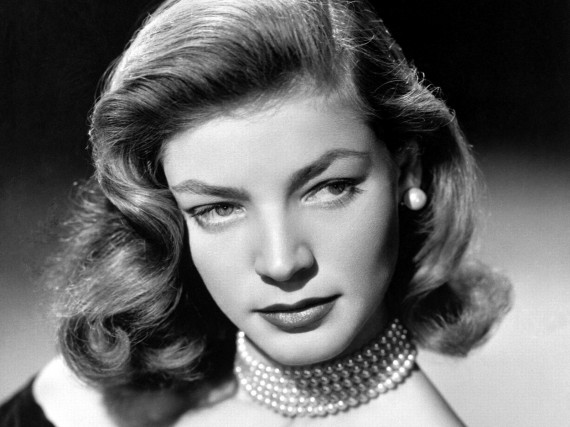

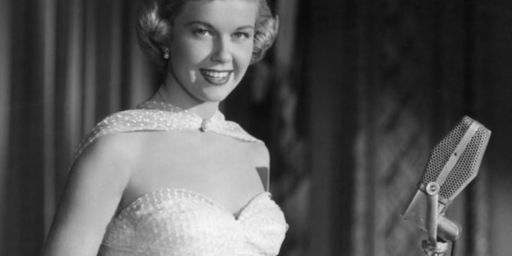
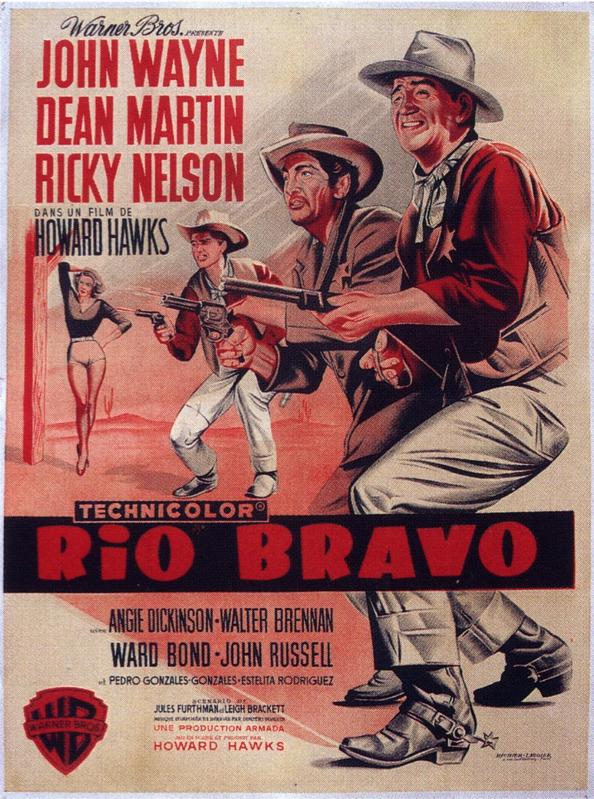

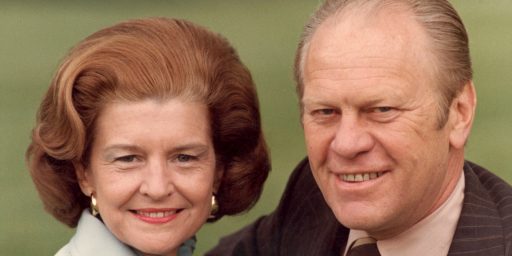
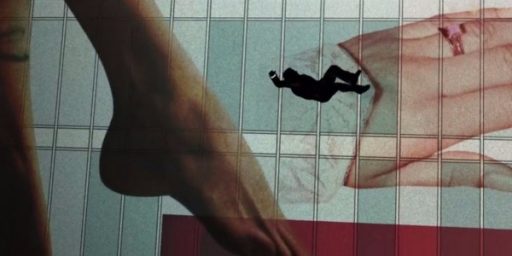
A great scene, one of the best.
When I was a teenager, Bacall had to have been in her fifties or sixties. Still, I thought she was the ultimate role model for a woman: smart, sexy, witty, and gorgeous.
@CSK:
And those eyes……
Sigh…. Nothing to do but pour a couple of fingers worth over the ice, look out the window and mutter “here’s looking at you, kid.”
For my money she was always sexier than Marilyn Monroe.
Her death was confirmed by the Bogart Estate Twitter feed. How cool is it that there’s such a thing as a Bogart Estate Twitter?
She was one hell of a lady. And I mean a LADY.
There’s a wonderful squib about her in the Guardian obituary:
Great movie star from the Golden Age. I’ll see if I call up any old movies of her on Netflix.
This has been a tough week , and we are just at Wednesday.
My favorite bit of Bacall trivia from “To Have and Have Not”: she sings a couple of songs with the band, but it’s not her voice. Whose voice was dubbed in? Andy Williams, himself also a teenager at the time. (And Hoagy Carmichael himself playing Cricket, the bandleader…)
@DrDaveT:
I stand corrected — it turns out that Andy Williams recorded the songs for dubbing, but Bacall sang instead of lip-syncing, and Howard Hawks liked her singing voice enough to keep it in the film. Too bad; it was such a great story…